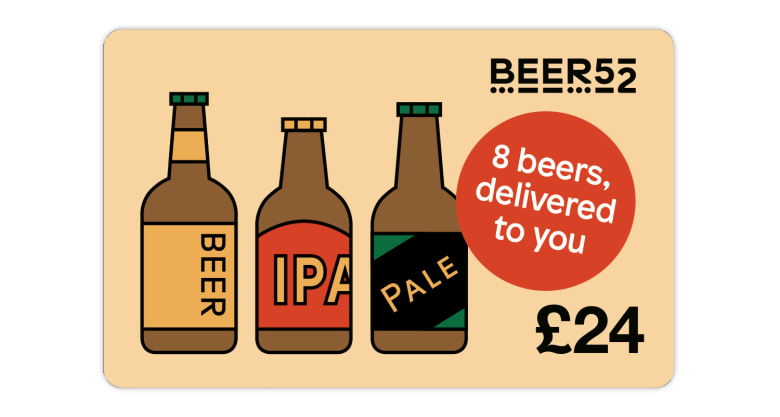If you’re unsure how to lose weight by fasting, our science-backed guide will cover some of the most popular fasting methods and outline some good practices for fasting weight loss. As science continues to hunt for the fastest, simplest, and safest way to lose weight, one method that has gathered increased popularity in recent years is fasting.
It is important to note that if you have any medical conditions that you think may affect your fasting, you should consult a medical professional or nutritionist before you start a fasting diet.
A balanced approach to weight loss that incorporates both exercise and diet is key too. This means making sure you’re eating healthily when you’re not fasting and engaging in workouts you enjoy. To find the right exercise for you, see our tried and tested guide to the best exercise machines to lose weight and our handy how-to guide for the best exercises for weight loss.
How to lose weight by fasting: what you need to know
Fasting is a practice that has been around for thousands of years and is defined as the abstinence from food (or any calories) for a set period of time. Whilst there is a whole range of fasting methods, the best-known and most researched method for weight loss is intermittent fasting, which is an eating pattern that involves cycling between periods of non-eating and eating.
One of the reasons that intermittent fasting has been shown to work for weight loss is because of the overall reduction in calorie consumption that results from extended fasting periods.
Studies have shown intermittent fasting can yield impressive weight loss results. In a review study published in the journal Translational Research (opens in new tab), researchers found that intermittent fasting was able to result in a 1.65 pound per week rate of weight loss, whilst another recent meta study (opens in new tab), reviewing 27 intermittent fasting programs, found participants had a weight loss of 0.8% to 13.0% baseline weight without any serious side effects. They also found that where participants followed the intermittent fasting for longer than 4 weeks, waist circumference decreased by 1.1 inches/3 cm to 3.1 inches/8 cm.
Is fasting good for you?
Science suggests that intermittent fasting can have a number of potential health benefits besides weight loss. In one study published in the American Journal of Clinical Nutrition (opens in new tab), fasting was shown to reduce the risk of diabetes. In another study from the journal Cell Metabolism (opens in new tab), researchers found intermittent fasting was linked to improved cardiovascular health, including lowered resting heart rate and reduced blood pressure. The researchers also found that no adverse effects occurred even up to six months of regular intermittent fasting.
Fasting has also been shown to help reduce inflammation, with one study (opens in new tab) finding that just one month of daily 12-hour fasts helped lower levels of inflammatory markers in the body.
A recent study (opens in new tab) also found that 14 hours or more of daily fasting for 30 days resulted in changes to gene expression that could promote DNA repair and other health markers for longevity. Studies (opens in new tab) also show fasting can help keep your brain sharp. In one study (opens in new tab) involving a small group of fasting women, intermittent fasting increased the happy hormone serotonin and other brain-boosting factors.
However intermittent fasting may not be beneficial for certain groups of people. According to one study (opens in new tab), intermittent fasting should not be used by children or pregnant women, and another study (opens in new tab) found that women’s periods could be adversely affected if calorie intake is consistently too low.

(Image credit: Obi Onyeador on Unsplash)
How to lose weight by fasting: the 16:8 diet
The 16:8 diet is one of the most popular ways of intermittent fasting. It’s extremely simple: for 16 hours you fast, avoiding food and any calorie-containing beverages, and then once those 16 hours are up, you eat your meals within a specific eight-hour eating ‘window’.
The great thing about this method is that you can choose any eight-hour window that suits your lifestyle. Plus, your 16 hours of non-eating can incorporate sleep time. For example, you could stop eating at 8pm and wait until noon the next day to open your eating window again. Or if you prefer an earlier breakfast you could opt for a 9am to 5pm eating schedule.
A downside of the 16:8 diet is that it may take your body some time to adjust to eating more meals within a shorter time frame. One workaround is to limit your eating to two meals a day, but initially, you may wish to start with three meals spread out over the course of the eight hours.
Research from the journal Nutrients (opens in new tab) suggests that intermittent fasting methods like the 16:8 diet can help lower high blood pressure, reduce the amount of food consumed and ultimately lead to weight loss. And for those worried about losing muscle, the 16:8 diet can help maintain muscle mass and prevent muscle loss when combined with resistance training, according to studies in the Journal of Translational Medicine (opens in new tab) and the American Journal of Clinical Nutrition (opens in new tab).
During the 16:8 fasting, black tea and black coffee are allowed without restriction, however, creamers, milk, and sugar should be avoided when fasting as they contain calories and can break your fasting period. For best results, there has to be no snacking during your fasting window as this can counteract the positive effects associated with 16:8 intermittent fasting.
How to lose weight by fasting: the 5:2 diet
Following the 5:2 diet involves five ‘regular days’ where there is no restriction on food intake followed by two days of eating a maximum of 500-600 calories each day (usually two meals). Research (opens in new tab) shows that many people find this type of fasting easier to follow, and there is a degree of flexibility as you can choose whichever two days of the week you prefer as your fast days, provided there is at least one day of eating between them.
On both your regular eating and lower calorie days, is important to make sure that your meals are healthy and nutritious. Many proponents of the 5:2 recommend soups for your restricted eating days as studies in the journal Appetite (opens in new tab) have shown that they may help make you feel fuller for longer.
The main benefit of the 5:2 diet is the reduced calorie intake on fasting days. In one 50-week study (opens in new tab) that involved 150 participants following the 5:2 diet, researchers found that this method of intermittent fasting was as effective as traditional dieting for weight loss, and another study in the International Journal of Obesity (opens in new tab) showed the 5:2 diet to be very effective at reducing insulin levels.
One downside is that if the 500-600 calories are consumed throughout the day, as opposed to one sitting, fat loss might be less substantial and take longer than following a frequent 16:8 diet regime.
Alternate day fasting
Alternate day fasting is a version of fasting where people fast every other day while eating normally on alternating days. Just like with the 16:8 diet, you are only allowed unsweetened tea, coffee and water when fasting, while there is no restriction on what to eat or drink on normal days.
A study (opens in new tab) cited on the NHS website (opens in new tab) states that by following this diet, “volunteers lost weight, reduced their body fat and lowered their blood pressure and heart rate.” However, as the article points out, participants in this study “were all healthy and with a body mass index (BMI) that ranged from healthy to overweight, so it’s unclear how well intermittent fasting would work in obese people.”

(Image credit: Mariana Medvedeva on Unsplash)
Top tips for fasting for weight loss
Although following a fasted diet most usually doesn’t involve restrictions on what type of food you can eat when not fasting, it is recommended you keep a healthy, balanced diet as well as drink plenty of water and get adequate sleep.
Try including more protein-rich foods with every meal, such as fish, lean meat or nuts, and fibrous vegetables like broccoli, avocado, kale, or spinach. Eating a lot of vegetables in between meals can also help to prevent hunger and binge eating.
Exercising is recommended when fasting, as regular exercising can help metabolism and improve cardiovascular health. Studies (opens in new tab) show that fasted cardio can aid the weight loss process, but caution should be applied, and any heavy resistance training is recommended to be done during the eating window.
Depending on the length of the fasting period, people may initially experience side effects such as headaches, crankiness, or dizziness as their body adjusts, according to research from the journal Nutrients (opens in new tab). Building up slowly to your desired intermittent fasting plan can help ease these, but it would be worth discussing any fasting plan with a nutritionist or medical professional to see which one is right for you.



































